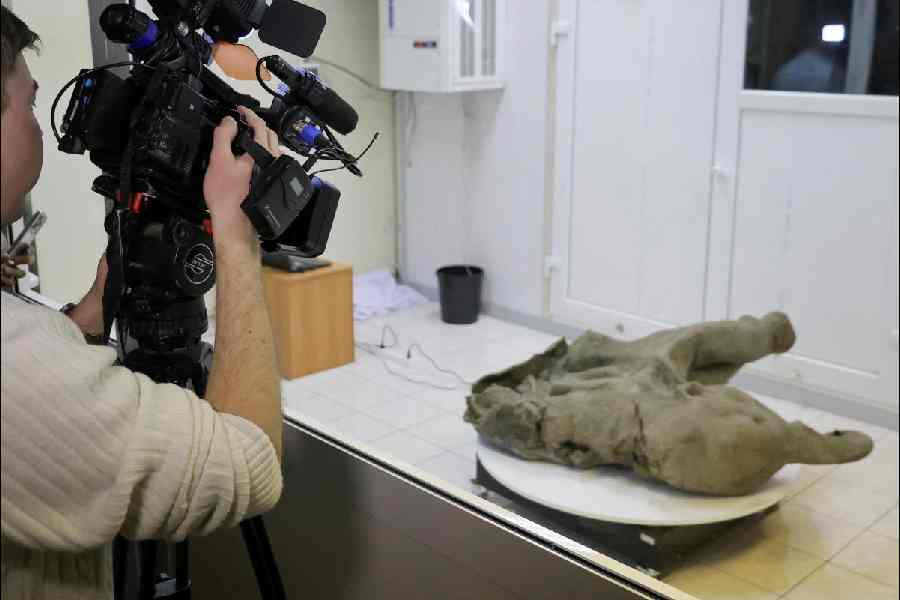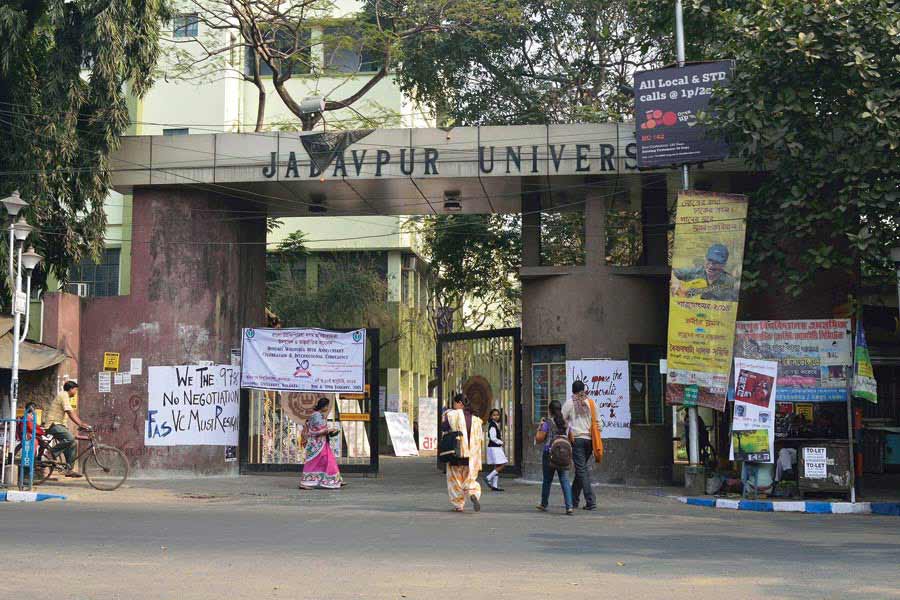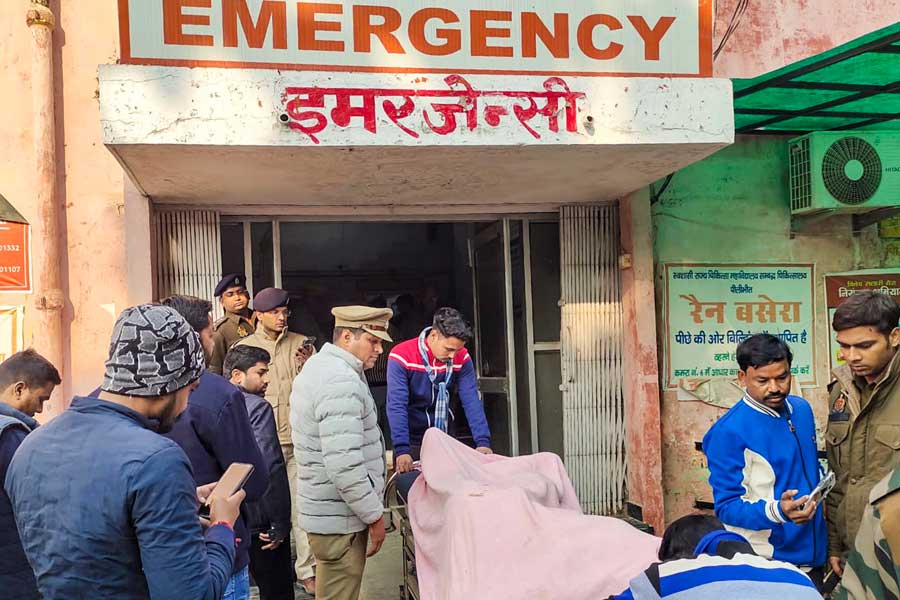Not very long ago, everyone was busy catching Pokemons on their smartphones. Then the trend turned to capturing photos with various filters on apps such as Snapchat. Both these trends owe their existence to augmented reality.
Augmented reality (AR) is the superimposition of a virtual environment on the real one. These virtual elements are augmented (enhanced) by computer-generated sensory inputs such as sound, video, graphics or GPS data.
While the concepts are not new, the technologies are still in the nascent stage of application. From focussing on treating phantom limb pain to building automatic cars, AR contact lens and 3D immersive cameras to drone technologies and wearable tech for the gaming and sports industry, the use of virtual and augmented reality is on the rise.
“Augmented and virtual reality (VR) are adding another layer of information to our visual perceptions. They have wide-ranging applications in the areas of education, entertainment, medicine and sports. Imagine a medical student learning to use new tools on a patient without any physical interaction or architects doing a walkthrough of a new office building they are designing,” explains Rabindra Banthia, managing director of Citytech Software DMCC, a Calcutta-based software firm. “With the wide adoption of both the technologies, it presents a whole new world of opportunities for job seekers,” he adds.
“I am passionate about coding and technology. I am interested in Unity designing, augmented reality and also a bit of data science, and I think that these technologies have a good future,” says 15-year-old Nishant Jalan, a Class XI student of St. Xavier’s Collegiate School, Calcutta.
These are some fields where AR is currently used:
Education: One learns better if there is a visual element in the teaching process and AR can provide a 360 degree view. Say you are studying the heart; AR can help you actually see the heartbeat and circulation process in 3D, unlike a video. Smartphones, tablets and computer screens just add to the convenience of learning.
Industry: One of the biggest uses of AR is for repair and maintenance of complex equipment. Whether it’s a car engine or an MRI machine, repair and maintenance staff are beginning to use AR headsets and glasses to provide them with useful information on the spot, suggest potential fixes and point out potential trouble areas.
Healthcare: From minor surgeries to complex tumour surgeries, utilising AR has led to an increase in success rates. The technology allows surgeons to access information about a patient’s reaction to the treatment much quicker and realise potential problems before going into the operation theatre. AR can also be used to explain their medical state to patients of, say, cataract.
Retail: Virtual trial rooms are improving day by day, making online shopping a whole lot easier. AR can help you see how that chair would look in your living room, whether that shade of lipstick suits you or if you really should buy that daring top. For example, cosmetics giant Sephora and international furniture company Ikea use AR to help customers try their products.
“My dad was planning to buy a car. He was looking for a specific colour but a model in such a colour was not there in the showroom. He was told that he had to just imagine how it would look on the car. That is when I had my idea. This technology can solve the problem of having to buy a product without being able to see it,” says Kanav Singla, the CEO of Adloid, an AR platform that has been catering to industries such as furnishing and automotives for the last three years.
According to technology advisory firm ABI Research, the AR market will be worth $100 billion (Rs 6,93,455 crore) by 2020 while consultant firm DigitCapital predicts it could grow to $90 billion (Rs 6,24,199 crore) by 2020. About 50 per cent of that revenue would come from sales of AR hardware and the rest from retail, enterprise and gaming uses. By 2020, 103 million automobiles will probably contain AR.
To break into the thriving job market in AR and VR, students can choose institutes such as Maac or study online from Coursera and Udacity. Relevant skills include Unity 3D, JavaScript, CCS Mobile, C++ and HTML5.
Udacity has recently launched Nanodegree for VR developers, a specialised course built in collaboration with Google VR, HTC Vive and Upload. The six-month course covers mobile VR, desktop VR, game engines, VR user interaction design and important platforms such as HTC Vive, Oculus Rift, Google Cardboard and even Daydream.
“As a teacher, I feel that we should motivate students to innovate and upskill as the need of the day is more skilled workers. Our education system should also cater to this,” said Piyal Sarkar, HOD, department of IT, Techno India, Calcutta.
Students can choose from both technical roles that involve programming, designing, hardware, algorithms and game development, as well as non-technical roles in the field of business, management, marketing and operations (see box).

(Telegraph picture)











